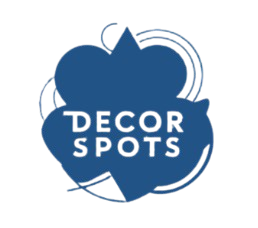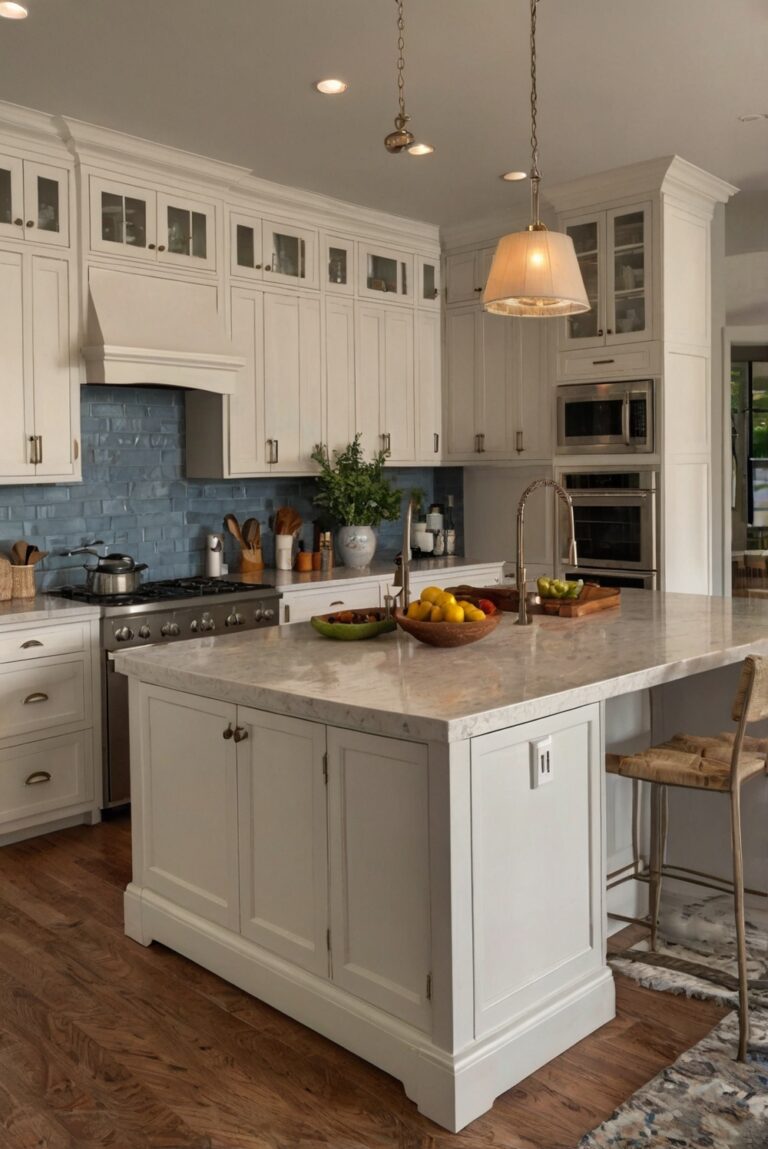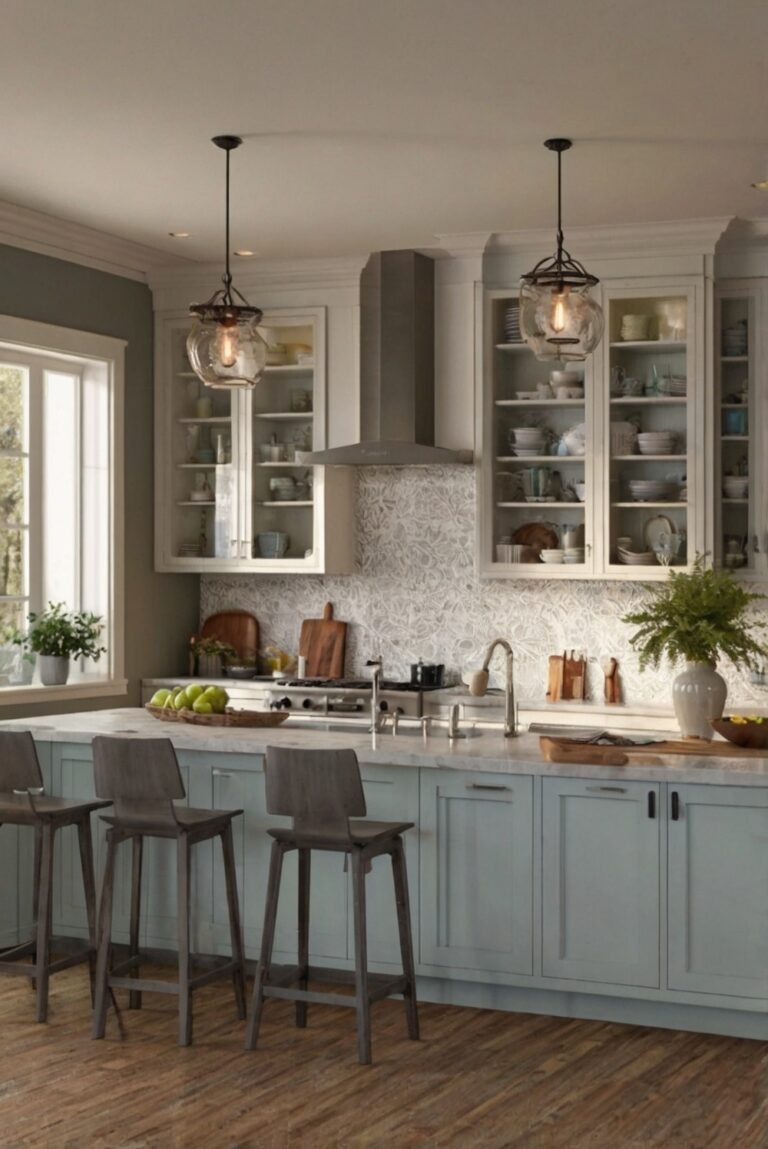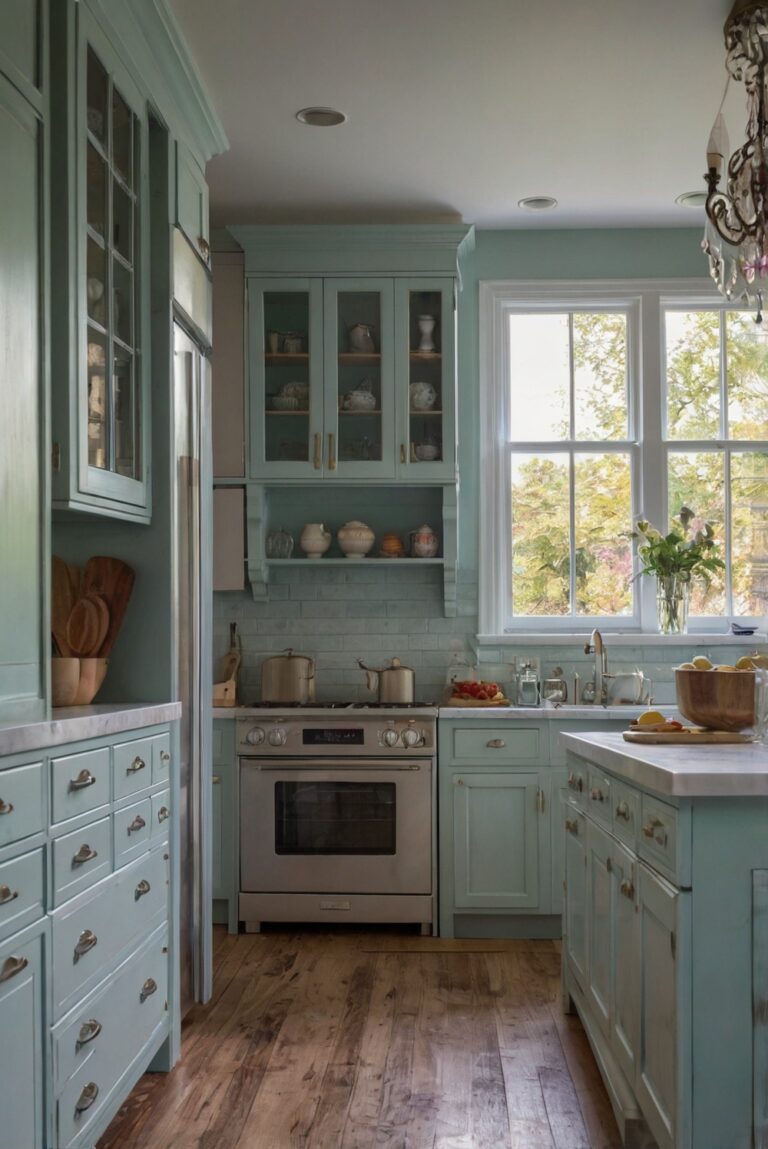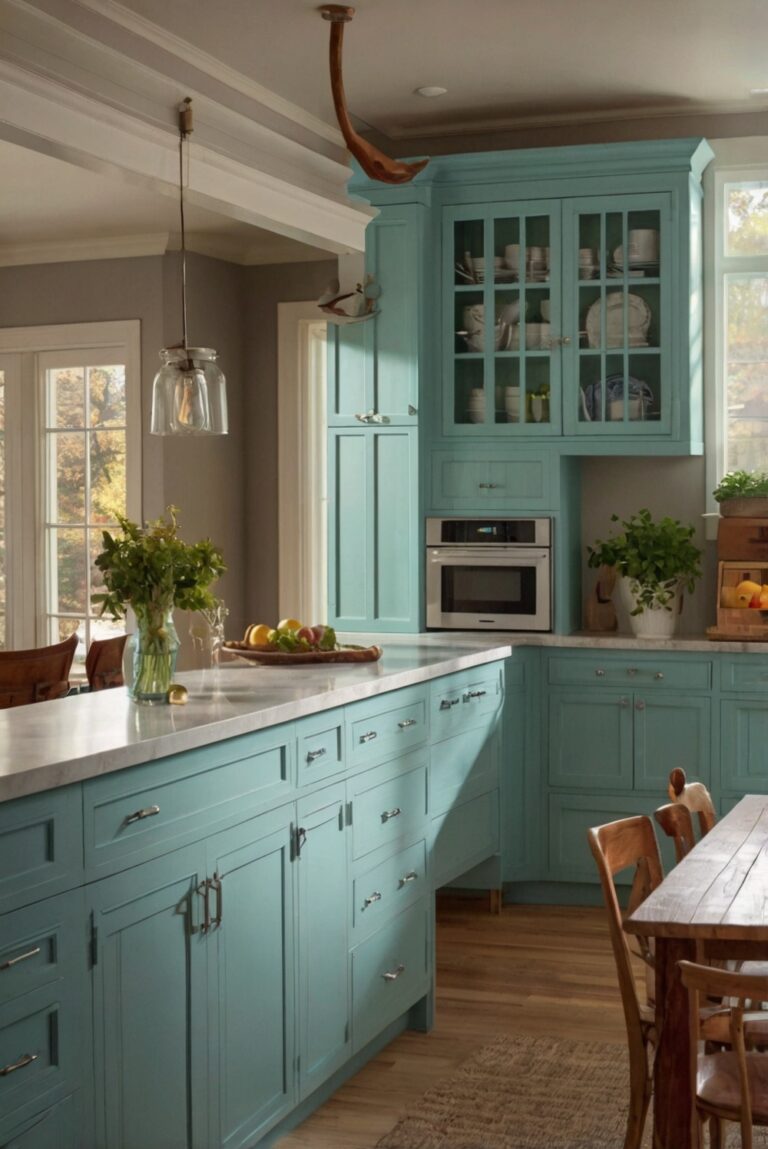Discover how to seamlessly incorporate lighting into your kitchen cabinetry design. Illuminate your space with practical and stylish lighting solutions.
To integrate lighting into your kitchen cabinetry design, consider the following steps:
1. Start by assessing your kitchen layout and identifying areas that could benefit from lighting, such as overhead cabinets, under-cabinet spaces, or inside glass-front cabinets.
2. Choose the right type of lighting fixtures for each area, such as LED strip lights, puck lights, or recessed lighting. Make sure the fixtures are rated for use in a kitchen environment.
3. Plan the installation carefully, taking into account wiring and power source requirements. Consider hiring a professional electrician if needed.
4. Add dimmer switches or smart lighting controls to adjust the brightness and create different moods in your kitchen.
By integrating lighting into your kitchen cabinetry design, you can enhance functionality, create ambiance, and highlight decorative elements. Be sure to follow safety guidelines when working with electrical components and consider seeking advice from interior designers or lighting professionals for a cohesive design.
Integrating Lighting into Your Kitchen Cabinetry Design
When designing your kitchen cabinetry, lighting is a crucial element that can enhance both the functionality and aesthetics of the space. Here are some key tips on how you can seamlessly integrate lighting into your kitchen cabinetry design:
Under-Cabinet Lighting
One of the most popular ways to incorporate lighting into kitchen cabinetry is through under-cabinet lighting. This type of lighting provides task lighting for countertop activities such as food preparation and cooking. LED strip lights are a common choice for under-cabinet lighting as they are energy-efficient and produce a bright, even light.
Interior Cabinet Lighting
To add a touch of elegance to your kitchen design, consider incorporating interior cabinet lighting. This type of lighting is installed inside the cabinet and can be used to showcase glassware, china, or decorative items. LED puck lights or tape lights are suitable options for interior cabinet lighting.
Toe-Kick Lighting
Enhance the ambiance of your kitchen by installing toe-kick lighting underneath the base cabinets. Toe-kick lighting not only adds a warm glow to the space but also serves as a safety feature by illuminating the floor. LED tape lights are often used for toe-kick lighting due to their flexibility and low profile.
Utilizing Dimmers and Controls
To create a versatile lighting scheme in your kitchen cabinetry, incorporate dimmers and controls. Dimmer switches allow you to adjust the brightness of the lights according to the time of day or the desired mood. Additionally, consider installing smart lighting controls that can be programmed to turn on/off at specific times.
Choosing the Right Light Fixtures
When selecting light fixtures for your kitchen cabinetry, opt for fixtures that complement the overall style of your kitchen. Whether you prefer recessed lights, pendant lights, or track lighting, ensure that the fixtures blend seamlessly with the cabinetry design. Consider the color temperature of the lights to create a warm and inviting atmosphere.
In conclusion, integrating lighting into your kitchen cabinetry design is a strategic way to enhance the functionality and aesthetics of your kitchen space. By incorporating under-cabinet lighting, interior cabinet lighting, and toe-kick lighting, you can create a well-lit and visually appealing kitchen environment. Additionally, utilizing dimmers and controls, as well as choosing the right light fixtures, will allow you to customize the lighting scheme to suit your preferences. Overall, thoughtful consideration of lighting design can elevate your kitchen cabinetry to the next level.
1. What are the different types of lighting options available for integrating into kitchen cabinetry design?
When integrating lighting into kitchen cabinetry, you have various options to choose from. These include under cabinet lighting, recessed lighting, LED strip lighting, and puck lights. Under cabinet lighting is a popular choice as it provides task lighting for food preparation and adds a warm ambiance to the kitchen. Recessed lighting can be used to illuminate specific areas such as countertops or display shelves. LED strip lighting is versatile and can be easily installed along the edges of cabinets for a modern look. Puck lights are small, round lights that can be placed inside cabinets or under shelves for a subtle glow.
2. How can under cabinet lighting enhance the functionality and aesthetics of kitchen cabinetry?
Under cabinet lighting not only brightens up the workspace for food preparation but also adds a touch of elegance to the kitchen cabinetry. By installing under cabinet lighting, you can eliminate shadows on countertops, making it easier to see while cooking. This lighting option also creates a warm and inviting atmosphere in the kitchen, perfect for entertaining guests or enjoying family meals. Additionally, under cabinet lighting can highlight the texture and details of the cabinetry, enhancing the overall aesthetics of the kitchen.
3. What are the key factors to consider when selecting lighting for kitchen cabinetry design?
When choosing lighting for kitchen cabinetry design, it is essential to consider factors such as the color temperature of the light, the brightness level, and the type of lighting fixture. The color temperature of the light can affect the mood and ambiance of the kitchen, with warm white light creating a cozy atmosphere and cool white light providing a more modern look. The brightness level should be sufficient for task lighting while not being too harsh on the eyes. Additionally, selecting the right type of lighting fixture that complements the cabinetry style is crucial for achieving a cohesive design.
4. How can you ensure proper installation and placement of lighting in kitchen cabinetry design?
To ensure proper installation and placement of lighting in kitchen cabinetry design, it is important to plan ahead and consider the layout of the kitchen. Start by determining the areas that require lighting, such as countertops, shelves, or display cabinets. Measure the dimensions of the cabinetry and select lighting fixtures that fit seamlessly within the space. When installing the lighting, make sure to follow the manufacturer’s instructions and consider hiring a professional electrician if needed. Proper placement of lighting can enhance the functionality and aesthetics of the kitchen while ensuring safety and efficiency.
5. What are some creative ways to integrate lighting into kitchen cabinetry design for a unique and personalized look?
For a unique and personalized look, consider incorporating creative lighting solutions into your kitchen cabinetry design. One idea is to use color-changing LED strip lights to add a pop of color or create a dynamic lighting display. Another option is to install task lighting inside glass-front cabinets to showcase decorative items or dinnerware. You can also use recessed lighting with dimmer switches to create different lighting effects for various tasks or occasions. Furthermore, integrating motion sensor lights or smart lighting controls can enhance convenience and energy efficiency in the kitchen. Explore different lighting techniques and experiment with creative ideas to design a one-of-a-kind kitchen space.
